Wine can get better with age. Jennifer Lopez doesn’t seem to have got older at all. But, it’s rare to find a video game that stands the test of time thanks to the ever-advancing march of technology.
FlatOut is, in some respects, the exception that proves the rule.
Those who do not frequent Specsavers will find the visuals perfectly acceptable 20 years later but a lack of fidelity may put off someone with a fresh prescription.
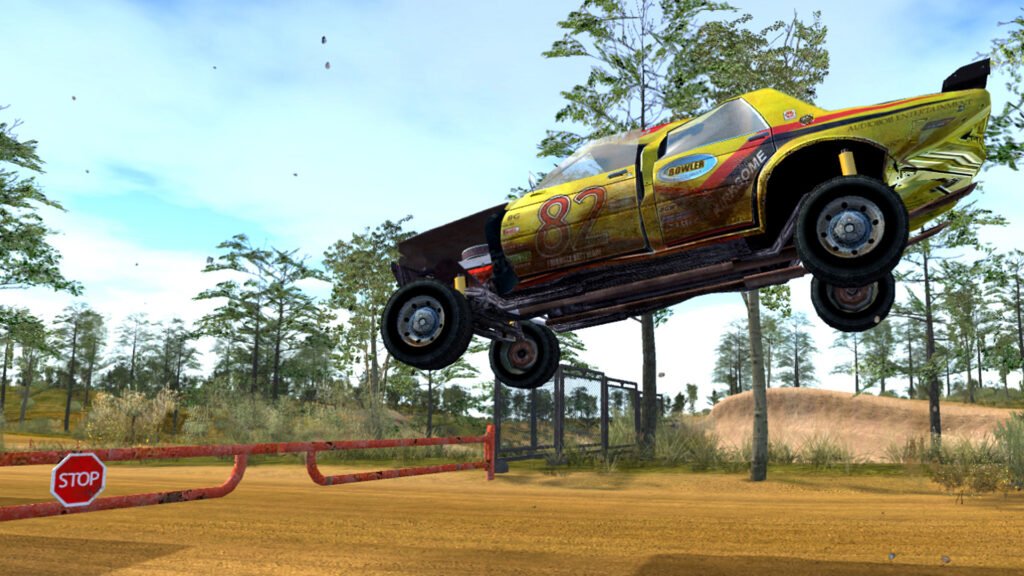
Similarly, the linearity of progression is so banal, that you can hardly use the word ‘career’ for the main single-player component.
You must finish third or higher in nine race events, which unlocks another set of events. Complete those, unlock more and… that’s it. 36 races and FlatOut is complete for the most part.
Sitting alongside the races, you also open up a measly 11 stadium-based challenges, mainly involving ragdoll physics – flinging your driver through the car’s windscreen and into oblivion in Olympic-style tests, such as the long jump.
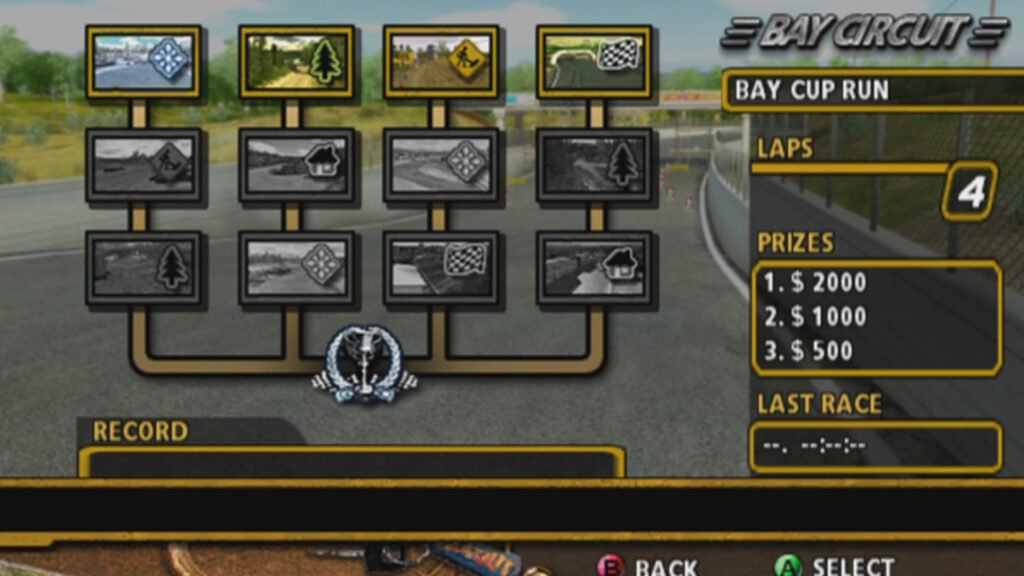
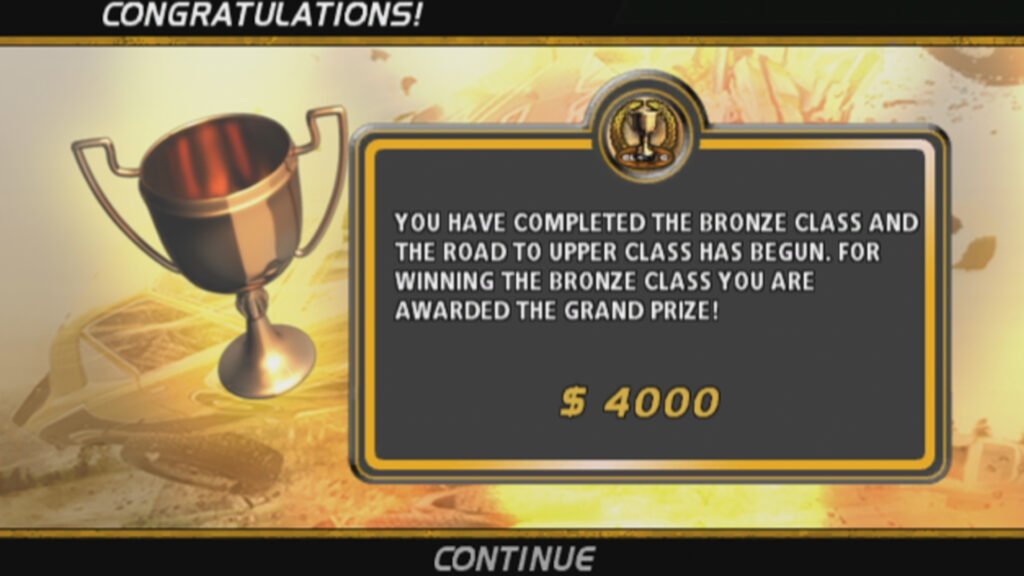
One mechanic that ages the Bugbear Entertainment-created is car progression. You earn cash for upgrades, but being able to store more than one car is impossible. There isn’t a garage system, so if you’d like to step up to a more powerful steed, it’s goodbye to your existing ride.
No, the elements that remain contemporary are the driving experience married to the destructibility. The core gameplay feels fresher than
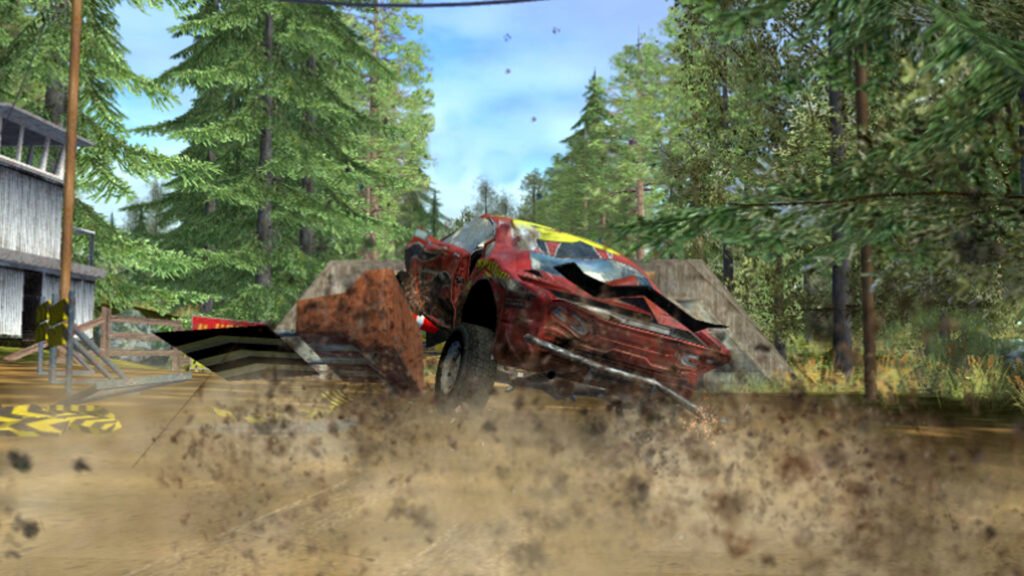
The way the vehicles deform, with bonnets swiftly departing, windows smashing and panels crumpling like crisp packets, is remarkable considering this was released in the age of the Motorola RAZR.
Such deformation was a key selling point at the time. “It’s so real it’s frightening,” said Paul Benjamin, UK Product Manager of Empire Interactive ahead of the game’s launch.
I wouldn’t go that far, the chassis is still rock solid and the cars will continue on your the most part. There’s no doubt, however, that the damage modelling is more details than the vast majority of 2024 games.
Track design too, is a strong point. You can tell the development team was based in Finland, as dirt roads mix with tall trees. They can be expansive, latter levels featuring numerous shortcuts, but the main takeaway is that most furniture can be destroyed.
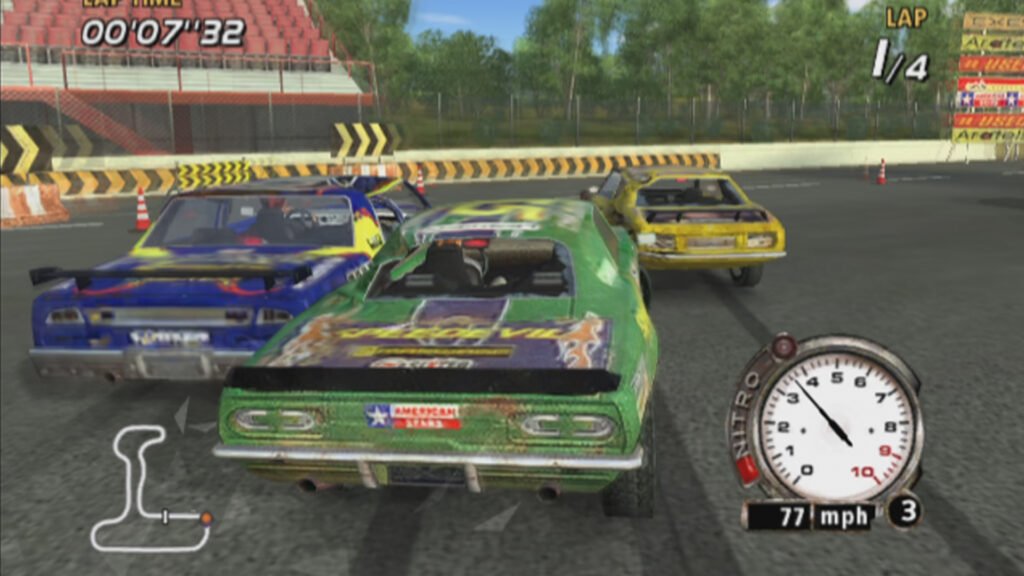
Signs, cones, tyre barriers and fences – you will fly through these, although hit a barrel at the wrong angle or without enough speed and they do slow your vehicle down. Occasionally, this can be frustrating too, ruining an event on the final corner – but contact is intrinsically linked to a strong race, too.
That’s because the nitro system refills if you crash into another car or piece of scenery. I know, rational it is now. But, fun, certainly. The trick is to know when to hit something, without ruining your flow and still earning some boost.
For all the flamboyance of FlatOut’s ‘crazy’ damage system, the way you accrue additional performance provides an additional layer of complexity to the gameplay. Your AI-powered rivals being equally rambunctious as you – bashing into each other, your rear bumper or tyre stacks – is the final element that delivers frantic racing.
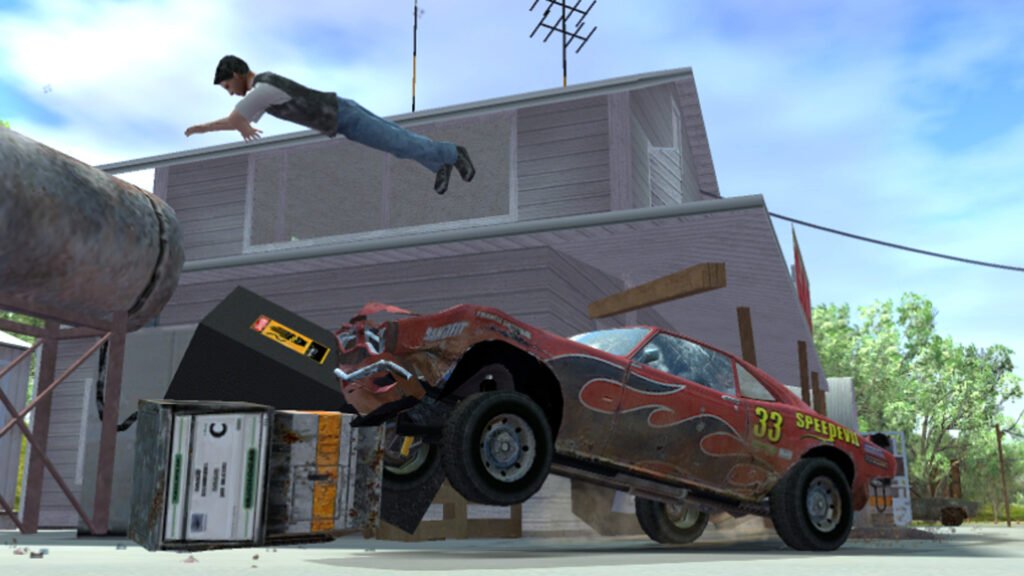
Bugbear went on to make Wreckfest, released after a long gestation period under the ‘Next Car Game’ title. It followed two main FlatOut games and a somewhat maligned instalment for the Ridge Racer series.
Playing FlatOut now, two decades after the release, it reminded us that the studio went back to its roots following the Bandai Namco experiment.
Wreckfest’s (and its upcoming sequel‘s) visuals are prettier, the career more structured and the environments even more dramatic. Yet, fundamentally, the original FlatOut drives in much the same way, and that’s a mighty compliment.
FlatOut at a glance
- Released in 2004 for PC, Xbox and PlayStation 2
- A Nintendo Wii port followed in 2010 (NA) and 2012 (EU)
- Created by Bugbear Entertainment, who would then go on to make Ridge Racer Unbounded and Wreckfest
- Impressive car physics, crash damage and track deformation – the USP 20 years ago and now
- Very obviously related to Wreckfest, and still holds up well in 2024
- Version tested here the original Xbox release on an Xbox 360 via backwards compatibility
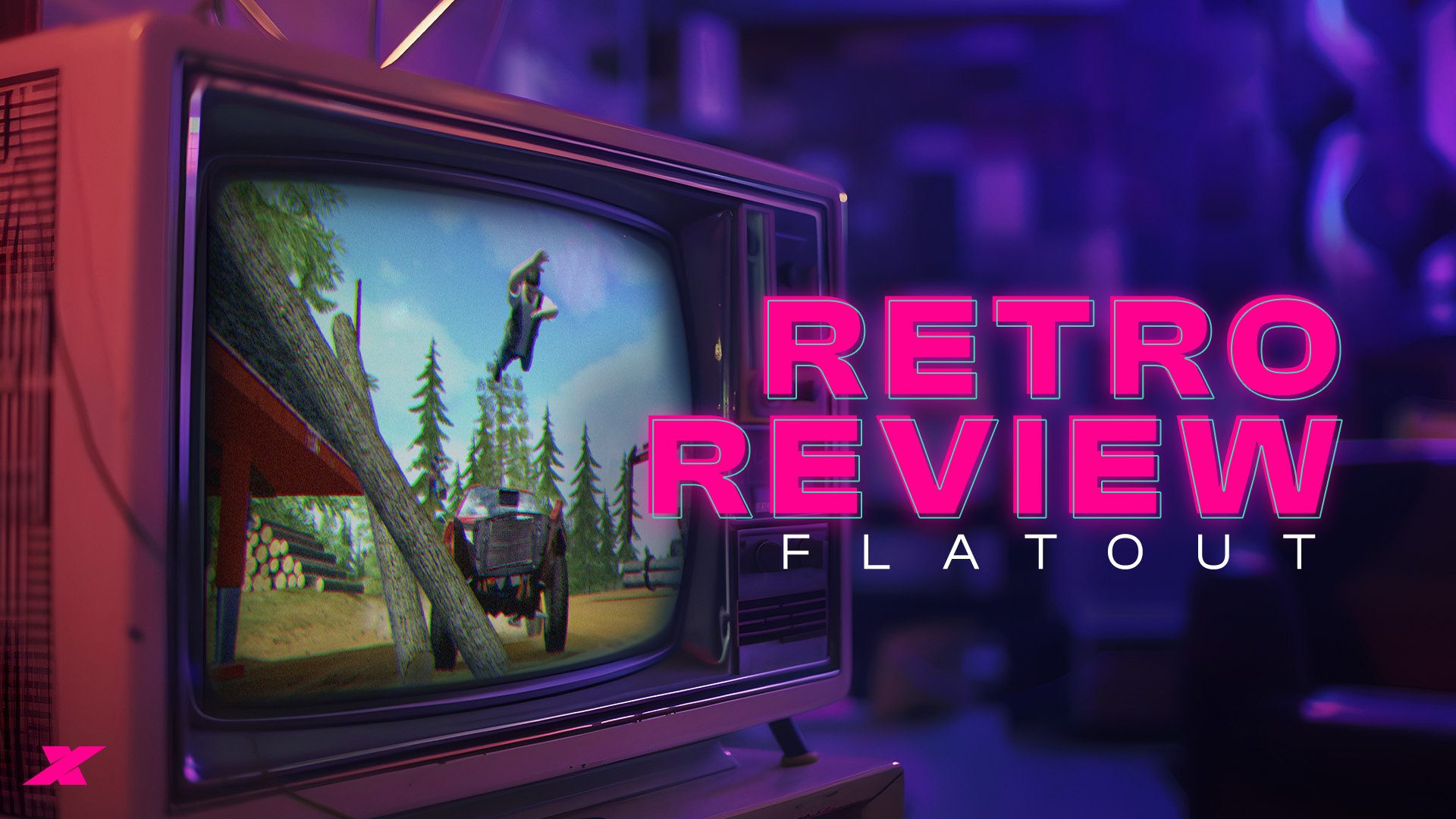




Chat with the Community
Sign Up To CommentIt's completely Free